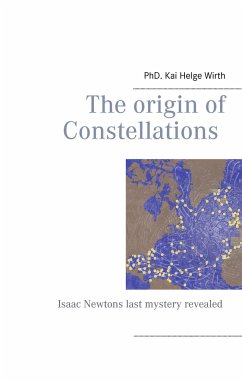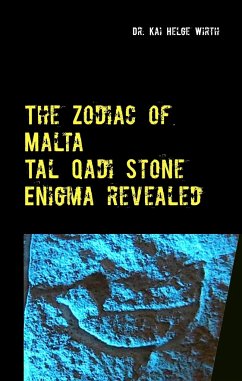With this publication the author will reveal a fascinating prehistoric system of orientation that has existed over thousands of years, a system that has constantly been visible but could no longer be identified or decoded. Sir Isaac Newton himself was the first scientist who attempted to solve this mystery. However, it wasn't until the beginning of the 21st century that the German geographer and artscientist, Kai-Helge Wirth finally fullfilled Sir Isaac's quest. Wirth assembled all available sources about the origins of the star constellations in his work "Chronologia" and examined texts by Appolonius, Exodus and others in great detail. Newton reached the following conclusion: the star constellations were not a natural phenomenon, visible to anyone, who gazes at the sky - but, rather designs, created by seafarers, as an aid in orientation. Chiron, the teacher of the Argonauts drew up a map of the 48 constellations as we know them today. After that it was Musaios, helmsman (navigator) of the seagoing ship ARGO, who transferred Chiron's constellations to a 3-D globe. This is identical with Isaac Newton's discoveries. The images of the star maps add up to a concrete map of the world and, the constellations are shaped and arranged to represent the world's currents in minute detail. Neighboring images show neighboring currents. This opens surprising insight into the wide range of prehistoric knowledge and the communicationhorizon of ancient mankind.
Hinweis: Dieser Artikel kann nur an eine deutsche Lieferadresse ausgeliefert werden.
Hinweis: Dieser Artikel kann nur an eine deutsche Lieferadresse ausgeliefert werden.








